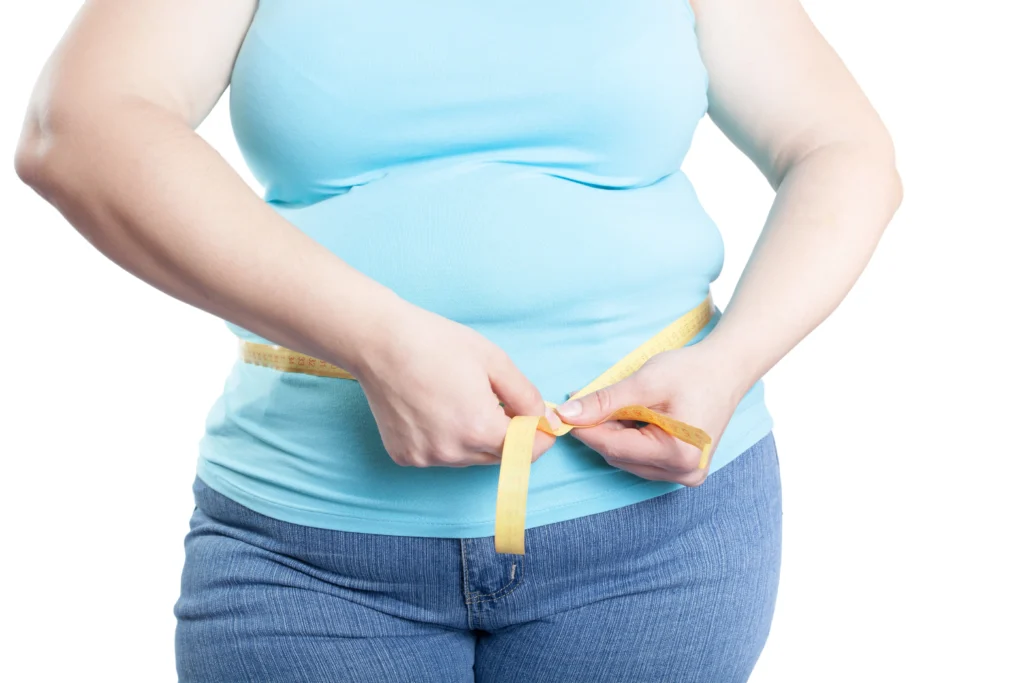Get Moving this May with National Physical Fitness and Sports Month
This May marks the 38th anniversary of National Physical Fitness and Sports Month—a chance to underscore the profound impact physical activity has on our health. First introduced by President Ronald Reagan in 1983, National Physical Fitness and Sports Month endures as a valuable reminder of how important it is for us to get out and move each and every day.
Physical Activity Deficit
 Time and time again, scientific research reveals that regular physical activity is one of the most advantageous things we can do to improve our health. “Physical activity provides so many benefits to our overall health—from helping our body heal itself by improving blood circulation to boosting our mood and relieving pain through the release of serotonin and endorphins,” says Anodyne of Alpine, Utah Acupuncturist Tricia Corcoran, LAc. Dipl. OM.
Time and time again, scientific research reveals that regular physical activity is one of the most advantageous things we can do to improve our health. “Physical activity provides so many benefits to our overall health—from helping our body heal itself by improving blood circulation to boosting our mood and relieving pain through the release of serotonin and endorphins,” says Anodyne of Alpine, Utah Acupuncturist Tricia Corcoran, LAc. Dipl. OM.
Yet, today—perhaps more than ever—sedentary activities often eclipse physical movement. It’s no wonder that preventable chronic disease has reached epidemic heights in America—with approximately 50% of the American population suffering from one or more preventable chronic diseases. Remarkably, according to the U.S. Department of Health and Human Services, seven of the ten most common chronic diseases are favorably influenced by regular physical activity. In fact, according to the Centers for Disease Control and Prevention, just 150 minutes of moderate physical activity per week is linked to chronic disease prevention and management. Still, the majority of Americans are not meeting the key guidelines for both aerobic and muscle-strengthening activities—costing many Americans their health.
Moving Matters
May’s celebration of physical fitness is an opportunity to change the tides of inactivity. “Physical activity has tremendous benefits for all people—regardless of age, gender, race, ethnicity, or fitness level,” says Corcoran. And, it doesn’t take long to reap the benefits of physical activity. In fact, a single session of moderate to vigorous physical activity yields immediate benefits—improving our quality of sleep; reducing our feelings of anxiety; sharpening our focus; and reducing our blood pressure. Other benefits of physical activity are long-term—helping us to live a healthier, longer life. Specifically, the Centers for Disease Control and Prevention notes that regular physical activity reduces the risk of depression and dementia and improves overall brain health; lowers the risk of heart disease, stroke, and type 2 diabetes; lowers the risk of several cancers including bladder, breast, colon, endometrium, esophagus, kidney, lung, and stomach; helps us achieve and maintain a healthy weight; strengthens bones; and reduces the risk of falls by improving balance and coordination. Research also suggests that physical activity may boost immune system function.
Moving this May

This May, we encourage you to get out and move whenever and however best suits your lifestyle. “At Anodyne of Alpine, we coach our patients to instill habits that incorporate physical activities that they enjoy,” says Corcoran. “That way, physical activity becomes effortlessly engrained in their lifestyles.” Experts recommend that we aim for at least 150 minutes of moderate intensity aerobic activity—any activity that gets your heart beating faster—whether that’s dancing, brisk walking, gardening, biking, swimming, or jogging. If moving this May includes vigorous intensity aerobic activity, aim for at least 75 minutes each week to benefit your health. Adults should aim to engage in muscle-strengthening exercises that work major muscle groups at least two days each week. Examples of beneficial strengthening activities include yoga, and exercises that incorporate exercise bands, weight machines, or handheld weights.
For some, a health condition like heart disease or arthritis may feel like an impossible obstacle to engaging in physical activities. However, regular physical activity is not only possible, it’s also especially important—as getting out and moving can significantly improve quality of life. “Physical activity definitely benefits those experiencing chronic pain,” says Corcoran. “The release of endorphins, our body’s natural painkillers, can ease pain, and the promotion of blood circulation supports healing. At the same time, it’s important for our chronic pain patients to incorporate exercise in baby steps. We educate our patients on how to listen to their bodies. Symptoms are there to tell us when something is wrong, and help us recognize when we might be doing too much. Ultimately, we work closely with our patients to get them out of pain and back to doing what they enjoy.”
To find out more about Anodyne’s services and how we can help you incorporate physical activity into your daily life, visit https://anodynepain.com/ today.
Related Articles
Whether you’re struggling to diagnose a chronic pain condition or you’re pursuing wellness treatments to stay healthy and feel great, we’re here to support you at every step of your health care journey.


